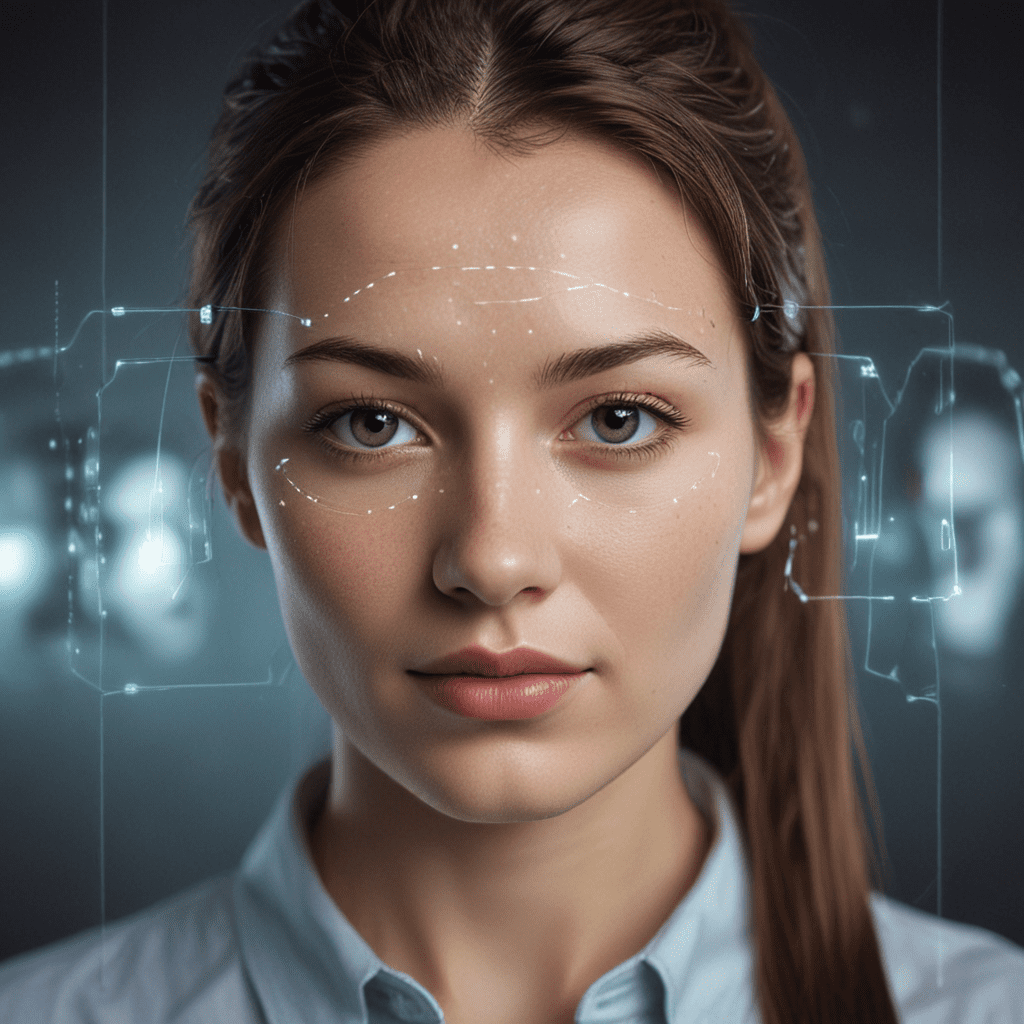1. Introduction: The Rise of Facial Recognition in Gaming
Facial recognition technology is rapidly transforming the gaming industry, offering a range of innovative applications that enhance user interaction experiences. With the ability to capture and analyze facial expressions, movements, and physiological data, facial recognition systems are unlocking new possibilities for character customization, in-game interactions, and immersive gameplay.
2. Enhancing Avatar Creation: Customizing Characters with Precision
Facial recognition empowers players to create highly personalized avatars that mirror their own unique features. By capturing facial data through webcams or mobile devices, users can generate avatars that accurately reflect their appearance, including facial contours, skin tone, and distinctive characteristics. This level of precision allows for unprecedented character customization, enabling players to immerse themselves fully in their virtual identities.
3. Refining In-Game Interactions: Non-Verbal Communication and Emotional Responses
Facial recognition technology brings a new level of realism to in-game interactions. By capturing facial expressions in real-time, facial recognition systems enable characters to respond to players' emotions and gestures. This non-verbal communication adds depth and nuance to conversations, creating more engaging and immersive experiences. Additionally, facial recognition can trigger specific in-game events or reactions based on players' emotional states, enhancing the overall gameplay experience.
4. Immersive Role-Playing: Facial Recognition for NPC Interactions
Facial recognition technology transforms non-player characters (NPCs) into more dynamic and engaging entities. By recognizing players' facial expressions, NPCs can adapt their behavior and dialogue accordingly. This allows for more personalized and immersive role-playing experiences, where players feel like they are genuinely interacting with other characters within the game world. Facial recognition also enables NPCs to recognize players over time, creating long-term relationships and fostering a sense of connection between players and the in-game environment.
5. Adaptive Gameplay Adjustments: Tailoring Experiences Based on Player Physiology
Facial recognition systems can analyze physiological data, such as heart rate and pupil dilation, to adapt gameplay experiences to individual players. By monitoring these physiological indicators, games can adjust difficulty levels, pacing, and other gameplay elements to match the player's current state of arousal and engagement. This adaptive approach ensures that each player receives a tailored and optimized gaming experience, maximizing their enjoyment and optimizing their cognitive performance during gameplay.
6. Streamlined Navigation and Control: Intuitive Head Tracking Features
Facial recognition technology introduces intuitive head tracking features that enhance gameplay and navigation. By tracking the player's head movements, games can adjust the camera angles and controls accordingly, providing a more immersive and responsive experience. This feature is particularly valuable in first-person games, where precise aiming and situational awareness are crucial. By leveraging facial recognition, players can control the game environment more naturally and intuitively, reducing cognitive load and enhancing gameplay enjoyment.
7. Improved Accessibility: Removing Barriers for Players with Disabilities
Facial recognition technology has the potential to improve accessibility for players with disabilities. By offering alternative control methods based on facial movements, facial recognition systems can make gaming more inclusive. For individuals with limited mobility or impaired fine motor skills, facial recognition can provide a viable solution for interacting with games, breaking down barriers and allowing all players to participate on an equal footing.
8. Future Innovations: Pushing the Boundaries of Facial Recognition in Gaming
The future of facial recognition in gaming holds exciting possibilities. Advancements in computer vision and artificial intelligence will further enhance the capabilities of facial recognition systems, enabling even more sophisticated and immersive gaming experiences. Integration with virtual reality and augmented reality technologies will create new opportunities for facial recognition-based interactions, blurring the lines between the real and virtual worlds. As the technology continues to evolve, facial recognition will play an increasingly central role in shaping the future of gaming.
9. Ethical Considerations: Privacy and Data Security in Facial Recognition Systems
While facial recognition technology offers numerous benefits, it also raises important ethical considerations regarding privacy and data security. The collection and storage of facial data raise concerns about potential misuse and breaches. It is crucial for game developers and technology providers to implement robust security measures to protect player data and ensure their privacy. Additionally, players should be fully informed about how their facial data is being used and have the right to opt out or revoke consent if desired.
10. Conclusion: Facial Recognition's Transformative Impact on Gaming Experiences
Facial recognition technology is revolutionizing the gaming industry, offering a range of innovative applications that enhance user interaction experiences. From personalized character creation to immersive in-game interactions, facial recognition is transforming the way players engage with games. As the technology continues to advance, facial recognition will play an increasingly vital role in creating more engaging, accessible, and immersive gaming experiences.
Frequently Asked Questions (FAQs)
Q: What are the privacy implications of facial recognition in gaming?
A: Facial recognition raises concerns about privacy and data security. It is essential for game developers and technology providers to implement robust security measures to protect player data and ensure their privacy.
Q: Can facial recognition be used to cheat in games?
A: Facial recognition technology can be used to prevent cheating by identifying players who attempt to use multiple accounts or engage in other unfair practices.
Q: Is facial recognition technology expensive to implement in games?
A: The cost of implementing facial recognition technology in games varies depending on the specific technology and features used. However, the potential benefits in terms of enhanced user experiences and reduced cheating can often justify the investment.
Q: Is facial recognition technology available for all gaming platforms?
A: Facial recognition technology is becoming increasingly available across a range of gaming platforms, including consoles, PCs, and mobile devices. As the technology continues to advance, it is likely to become even more widely adopted by game developers.


